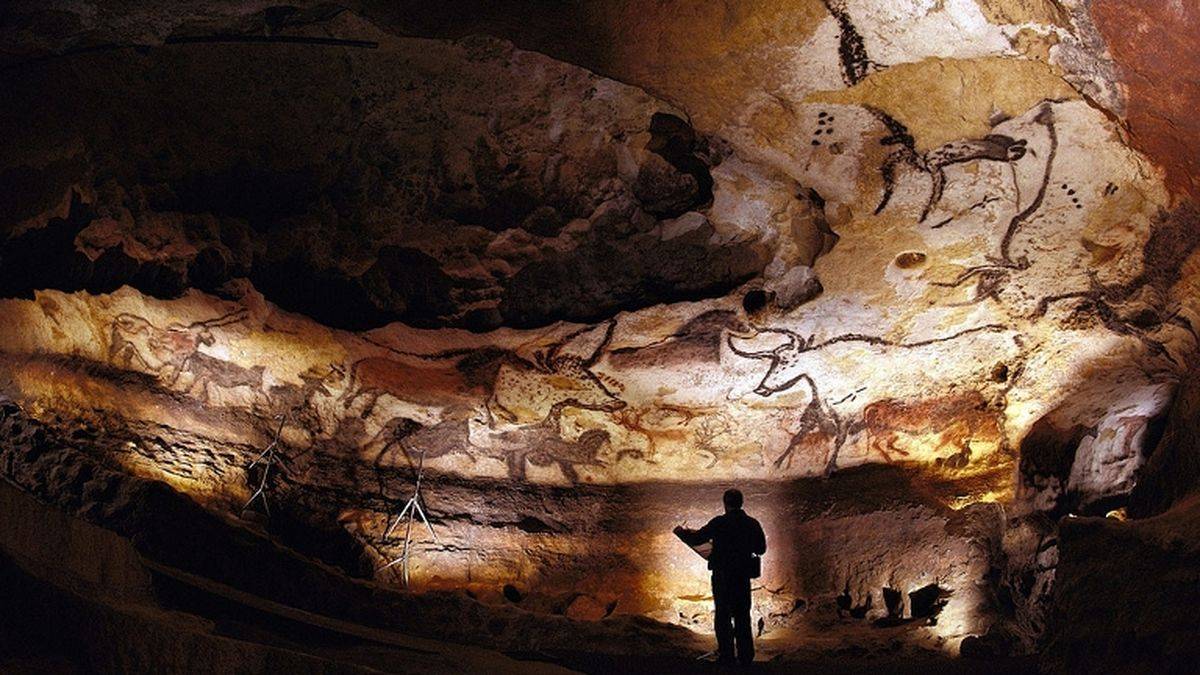 Lascaux | ©Bayes Ahmed / CC-BY
Lascaux | ©Bayes Ahmed / CC-BYLascaux I
Our story began on September 12th 1940, when 4 teenagers went in search of their dog... they found a small hole... the animal was probably here!
They entered the breach, into a kind of cave, and soon, they saw... amazing and beautiful paintings on the wall!
Teacher from the village, Mr. Breuil, came to see the discovering: he was the first one to authenticate the paintings, which probably dates back to 18 000 years BC!
First digs were made and they finally opened the place to the public, in 1948: more than one thousand visitors came here for 10 years!
Unfortunately, despite of several air ducts, the carbon dioxide made patches of mould on the wall.
They called it the “green disease”. In 1963, they had to close caves of Lascaux! This unique prehistoric place, the most amazing one in Europe, was definitively closed... unless?
Lascaux II: back!
20 years later, Lascaux II opened, 100 metres further from the first cave: a facsimile, if you want, remade identically, using the same pigments prehistoric men used!
Inside, we could see 2 galleries, the Bulls room and the “axial gallery”, regards as the most representative room in Lascaux.
Here, we can see buffalos, deers, stags, horses. Of course, we also can see this strange beast called the Unicorn, because of its long feelers (horns?), a kind of auroch with a massive body.
The rest of the paintings is displayed in another cave, near Montignac... Meanwhile, Lascaux II became the most visited site in Périgord!
So, here we go again: dioxide damaged the paintings! They had to restore them... so nowadays, we can see bright and vivid brown and beige colours!
If you want to discover this real prehistoric masterpiece (nicknamed the "Prehistoric Sistine Chapel"), just click here, on the official site link
